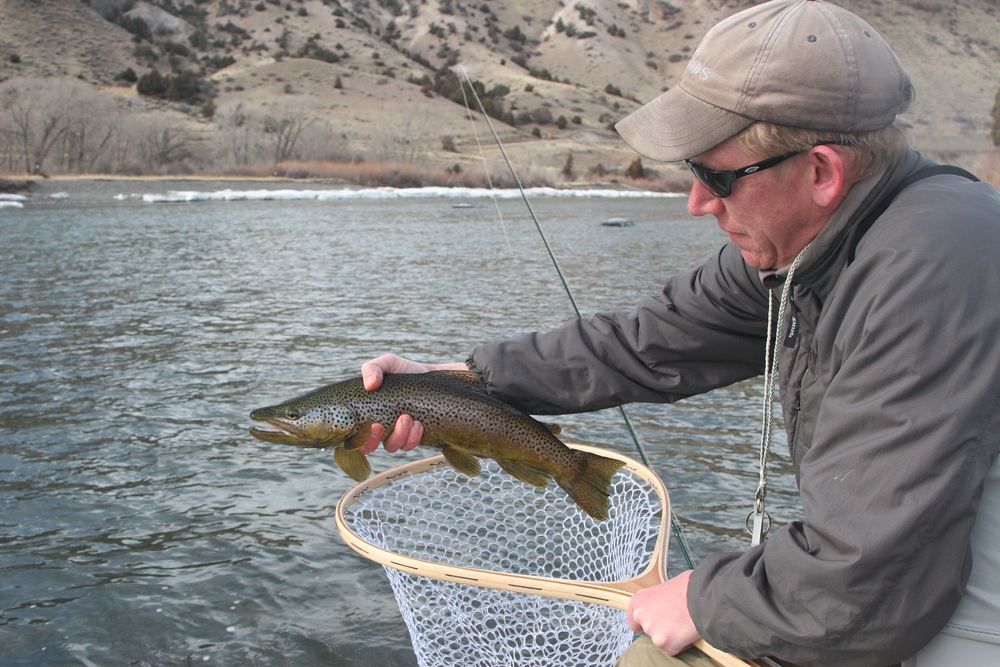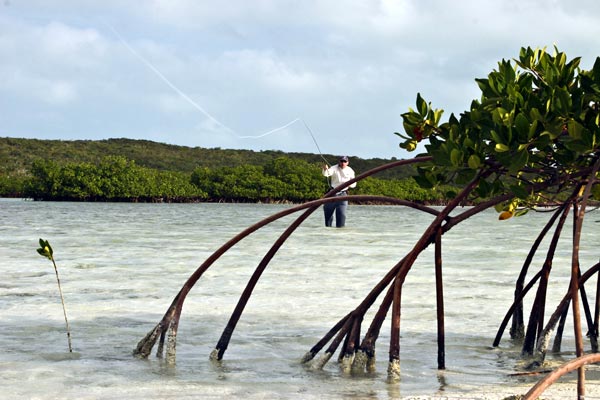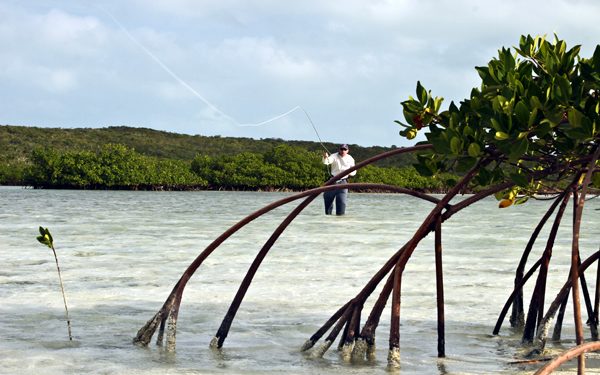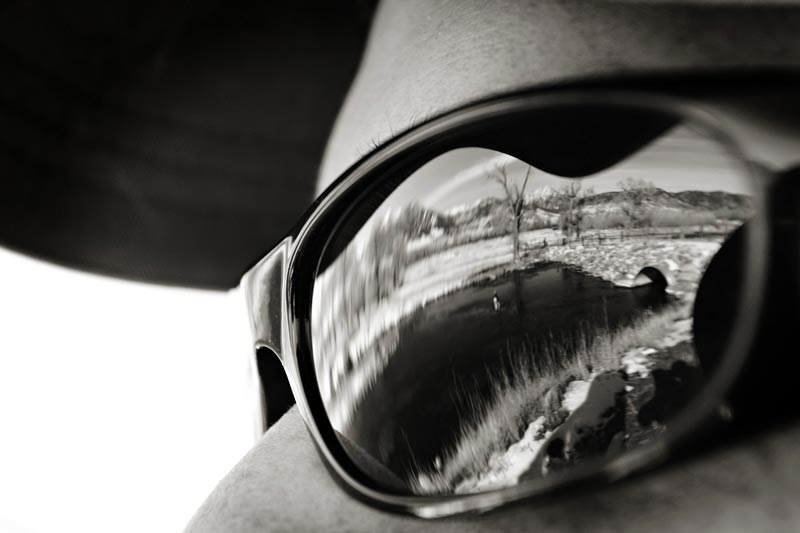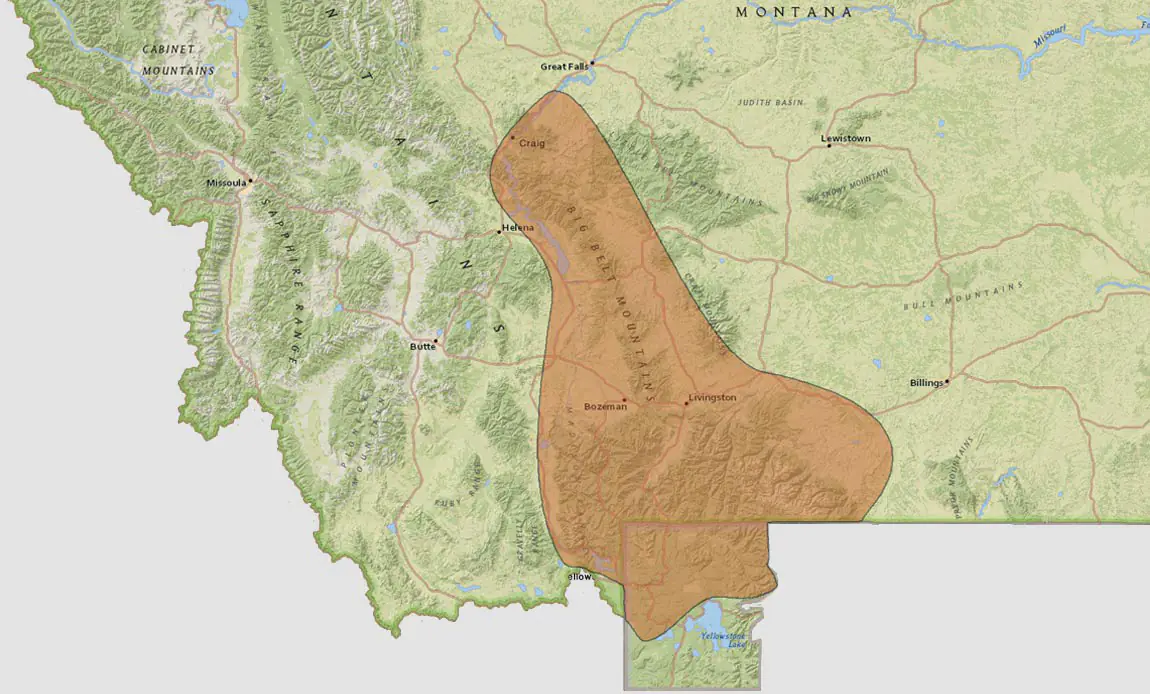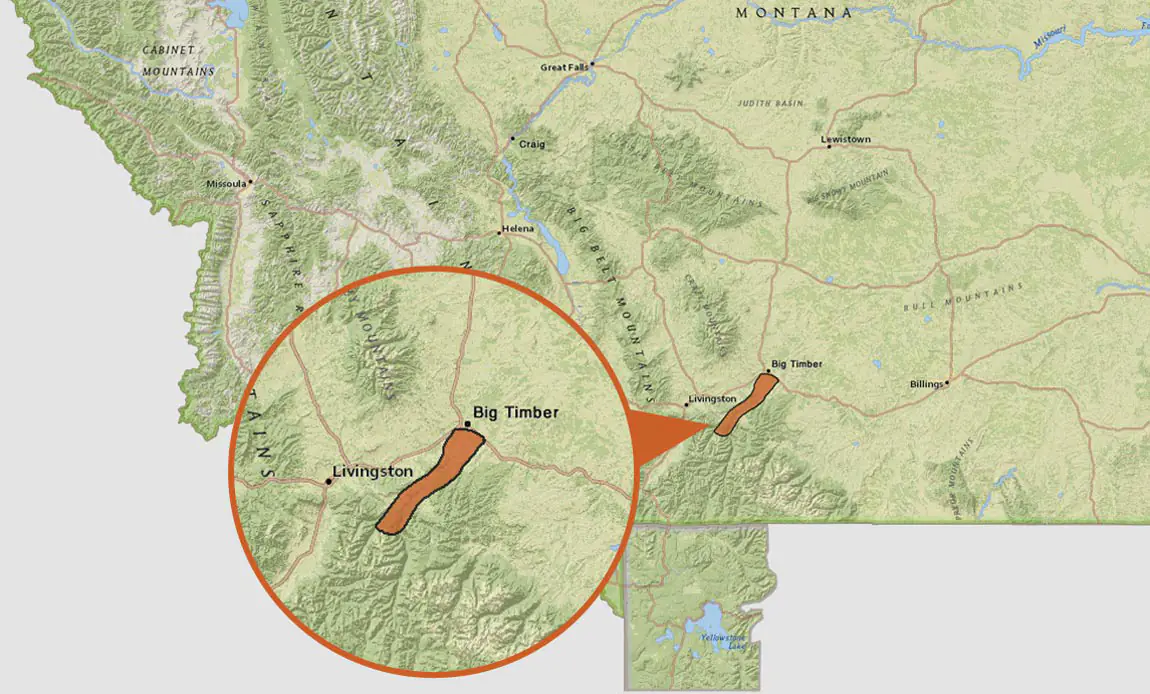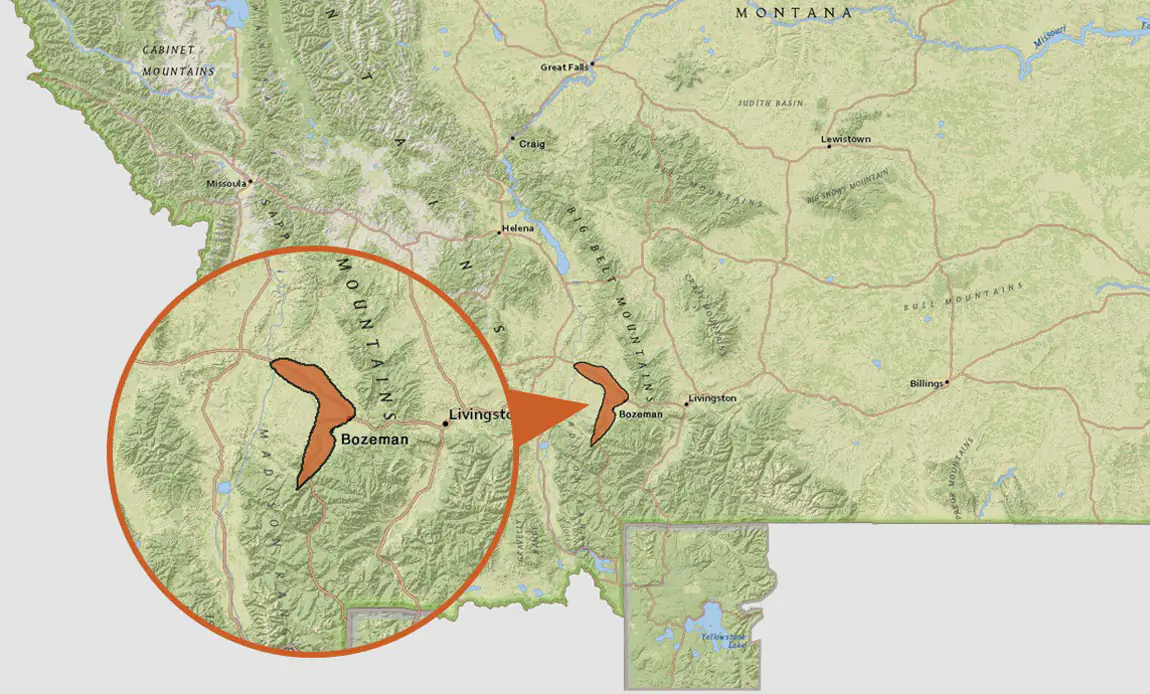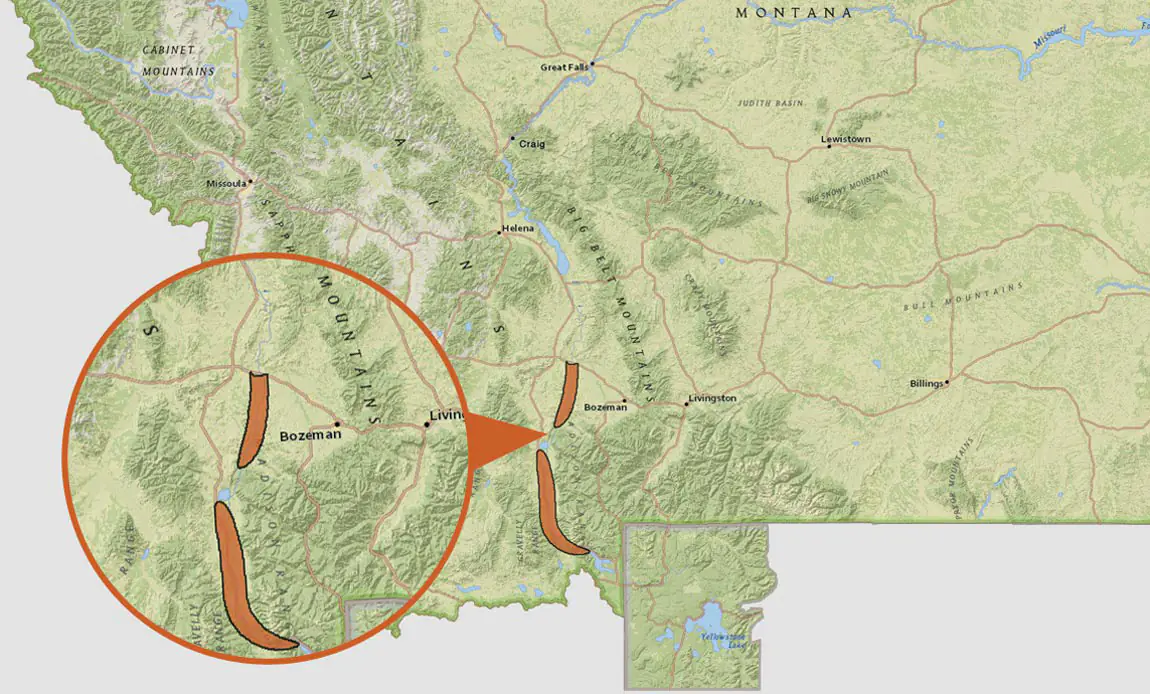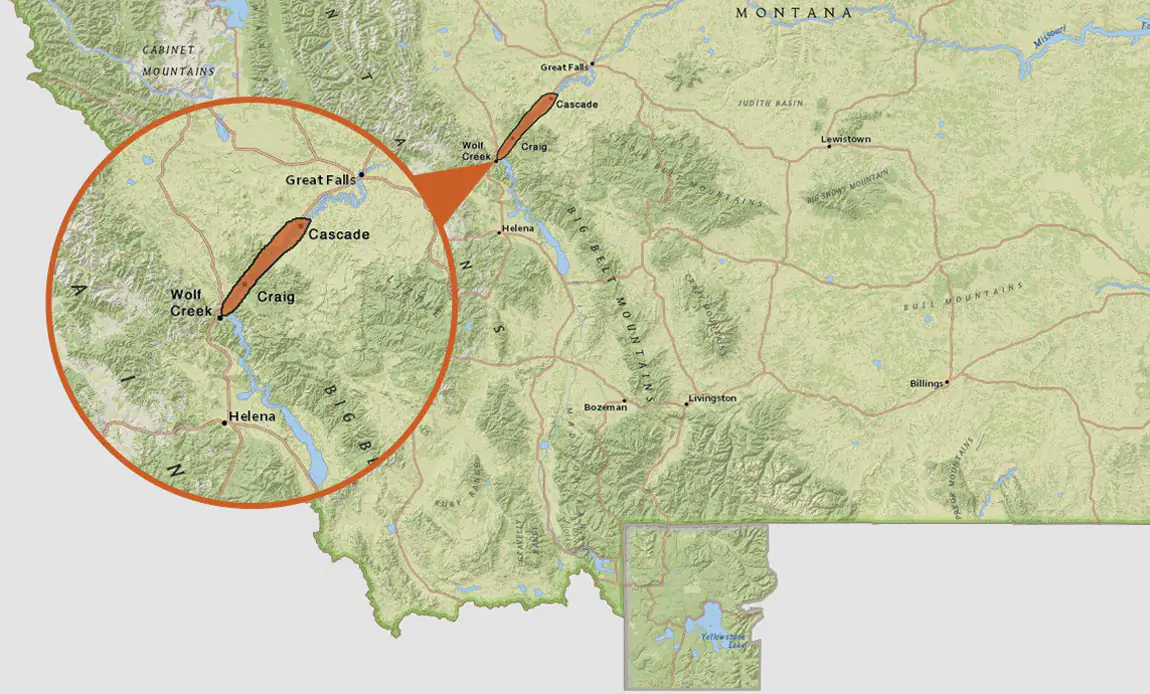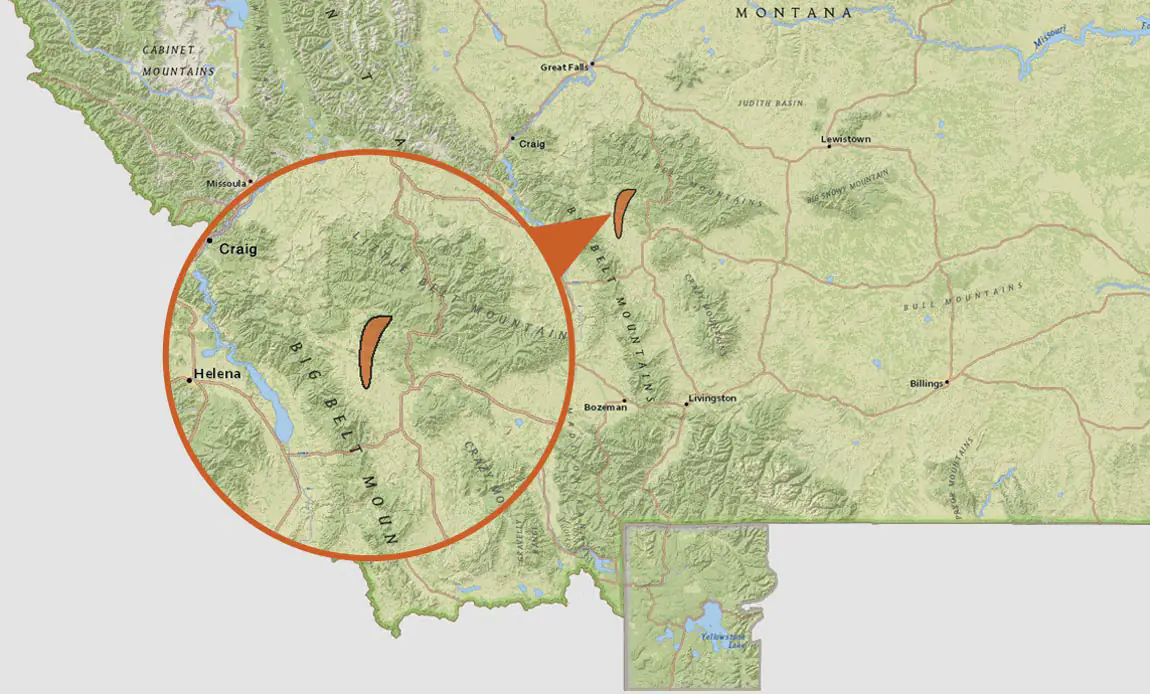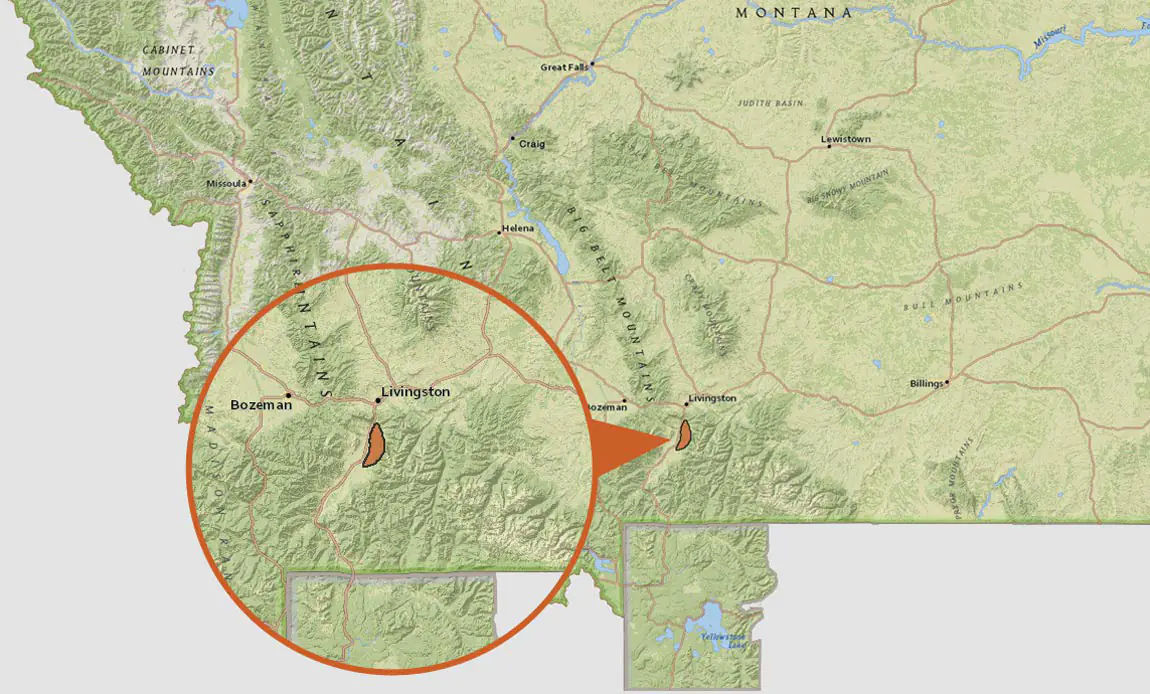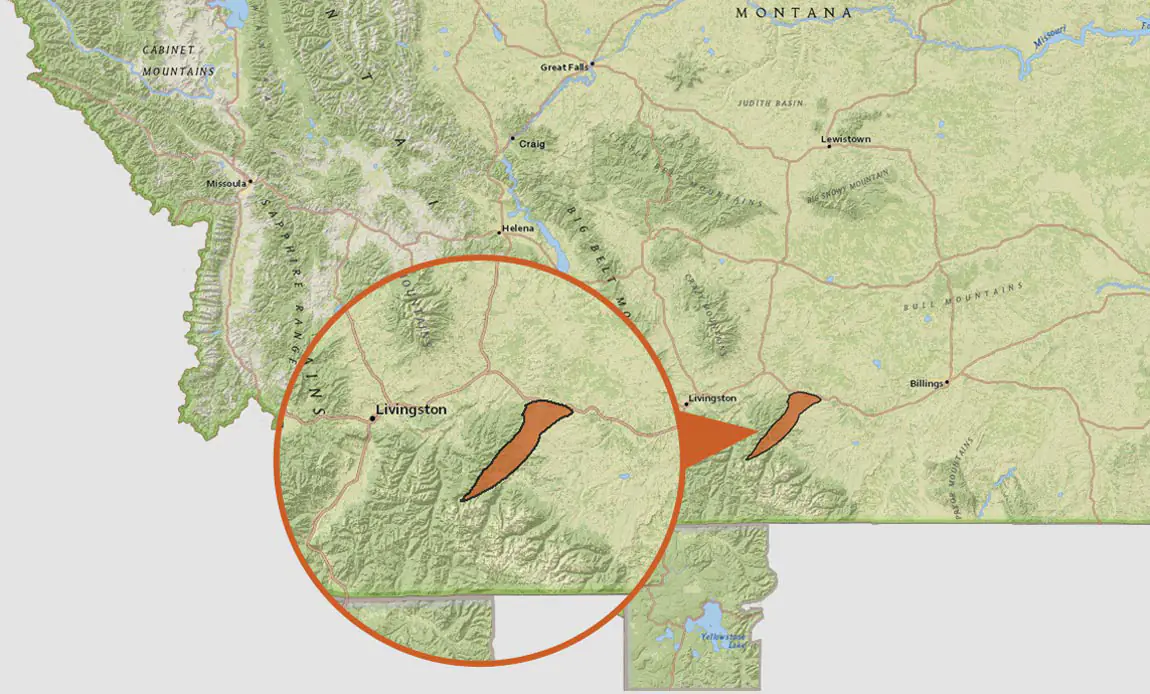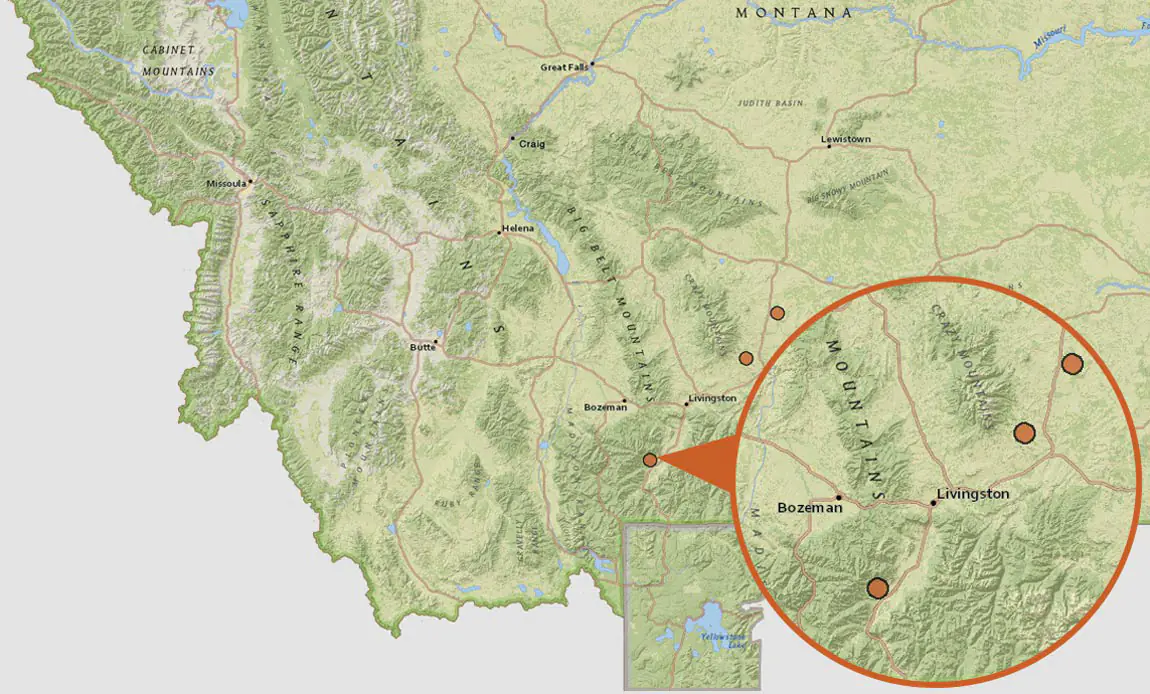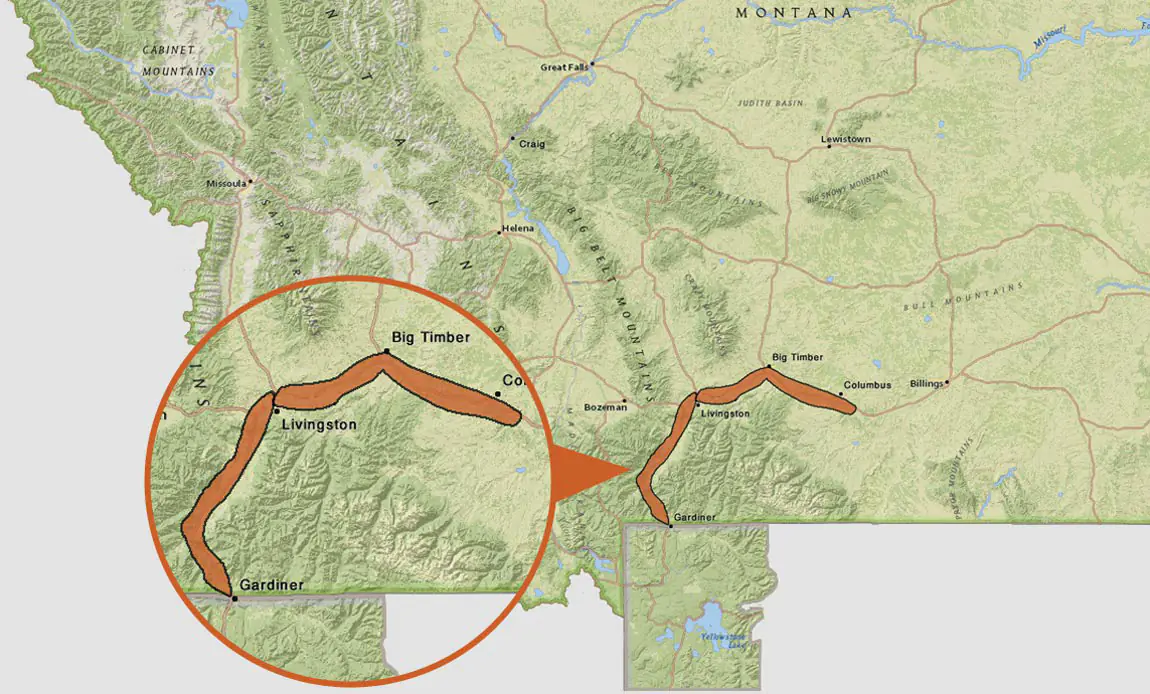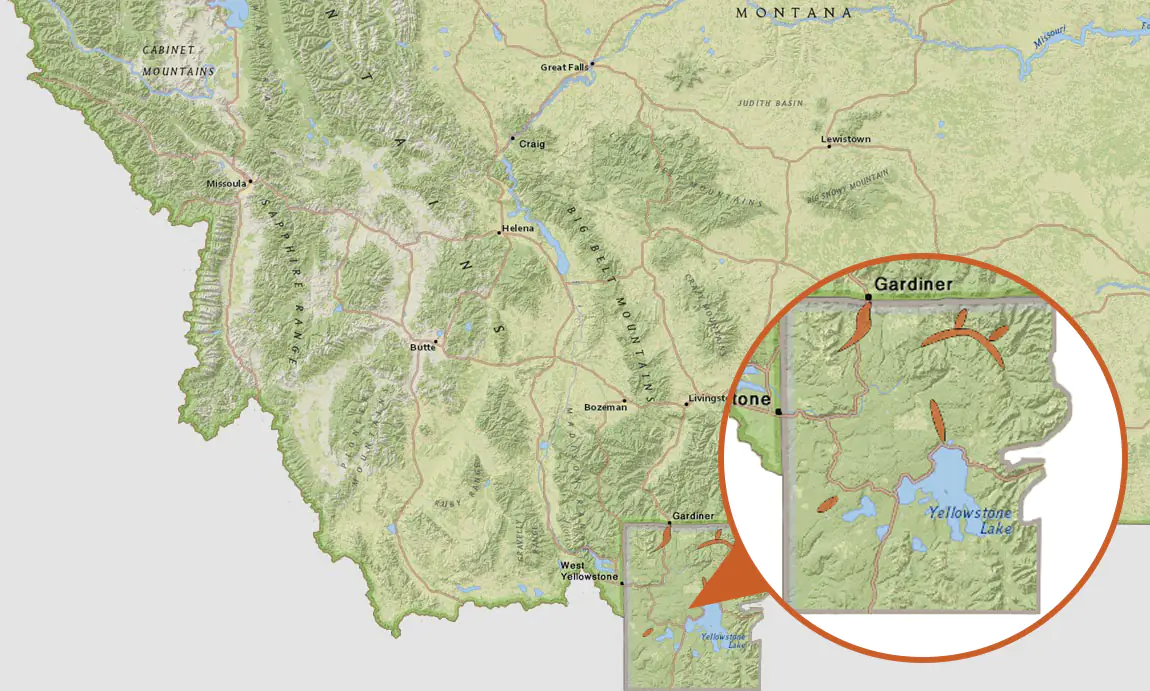On our travels, we fish with other guides and we’ve noticed that all quality guides share at least one commonality. It’s something we like to call “guide vision”. Regardless of whether you fish saltwater for bonefish or freshwater for trout, seeing fish puts you at an advantage. You might have thought that most guides just have exceptional vision, but really it’s not about having good eyes, more importantly, it’s about knowing how to look at the water. We are going to give you a few pointers to start you on a path developing your own guide vision.
Keys to developing your guide vision:
Spend some money on good, quality optics and take care of them. There are several good sunglass manufacturers out there whose products are worth the $150 to $250 dollars, most of them even have options for prescription lenses. Make sure they fit properly – a high-quality lens is only good if it fits correctly. Sunglass lenses should not touch your eyelashes and should not let light in from the sides or bottom. You should also consider the color of the lens, we prefer browns and coppers. Grey lenses block out too much light and yellow might let too much in for those with more sensitive eyes. Fly fishing is a visually active sport and if you can’t see your fly or the fish you are at a huge disadvantage.
Spend more time on the water (you can even tell your significant other we said so). Obviously, the best way to do this is with a guide or an experienced angler by your side. Ask questions, most guides and anglers love to share their knowledge with those eager to learn.
When you are out on the water to be observant; look for subtle color changes, flashes, and movement. Don’t look for the whole fish under the water, instead look for the movement of a tail, a flash as the fish rolls on its side to eat a nymph or a change in the color of the bottom which might be the shadow of a fish.
How many times have you been fishing from the back of the boat and the guide, who is in front of you, is able to see your fly eaten before you do? This is a simple matter of opening your vision. Don’t concentrate so hard on finding a fish that you lose your peripheral vision. Make sure that you can catch a movement or splash out of the corner of your eye. When looking at your fly you should also be able to see your fly line (is it time to mend again?), and the water surrounding your fly (is it time to recast?).
When fishing tries to put your back to the sun, you’ll be amazed at how much more you can see. Put those new polarized sunglasses to work for you, sometimes it even helps to tilt yours to one side or the other which can reduce glare off the water’s surface.
Learn to read the water effectively to spot feeding fish. If there is surface activity due to a hatch where are the fish concentrated? Focus your attention on the most active areas and spend your time there. As you develop this skill you’ll spend more time fishing to actively feeding fish and less time fishing unproductive water.
If you spot a fish but have to move to make a presentation make sure to mark the fish’s location so you can find him when you’re repositioned. You might do this by identifying something on the bottom or the stream bank. If you think you’re in a position to make the cast don’t rush in, be patient and wait for the fish to show himself again.
Don’t get frustrated this is a skill that can take years to develop. A typical guide spends months at a time on the water so it won’t happen for you overnight. Keep practicing.
These are just a few of the keys to seeing the water and spotting fish more effectively. By learning and using these basics you’ll be on your way to developing a skill that will dramatically increase your angling abilities.
If you have some useful tips please feel free to post comments!


